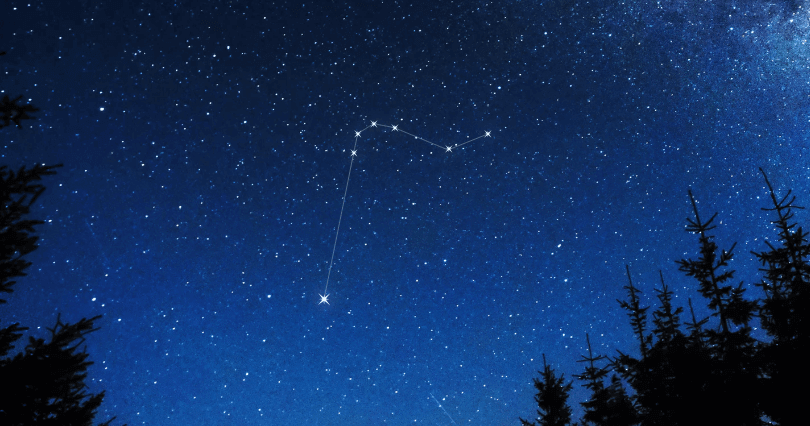Horologium Constellation

Horologium constellation is located in the southern hemisphere and is connected with the Latin word for the clock. The constellation has fainted since it contains only one star brighter than the 4th magnitude.
Horologium is located near Eridanus and between Caelum, Reticulum, and Hydrus. The best time to see this constellation is during winter times, and the easiest way to spot it is to look for Hydrus or Caelum since its located nearby.
After the telescope was invented, Lacaille named some of the constellations that were linked to other ones and didn’t get recognized before. He liked naming them by technology novelties, instead of the other who was named by animals or mythical creatures. At first, he called it "Horologium Oscillitorium", but later on the name was shortened to its current.
The constellation was later listed as one of the 88 modern constellations by the IAU.
Major stars in Horologium constellation
α Horologii (Alpha Horologii)
Alpha Horologii is a giant brightest star in Horologium and it is 117 light-years distant from the Sun. This star represents the pendulum in some depictions. In one of them, the constellation is associated with the pendulum clock that was used by Lacaille used for his observations.
-
R Horologii (HD 18242)
-
β Horologii (Beta Horologii)
-
δ Horologii (Delta Horologii)
-
ι Horologii (Iota Horologii)
-
GJ 1061
Horologium constellation consists of 6 mains stars in the asterism and has 10 Bayer/Flamsteed designated stars. The constellation is visible to all viewers at latitudes between +30° and -90°. Best time to see it is at culmination during December.
Horologium constellation doesn’t contain stars brighter than magnitude 3. The brightest star is Alpha Horologii, and the nearest is Gliese 1061 – 12.04 light-years distant from Earth. However, it has three stars with known exoplanets, but not linked to any meteor showers or Messier objects.
Mythology of the Horologium Constellation
Horologium is actually a small inconspicuous constellation that was invented by French astronomer Lacaile in the 18th century. He named it originally Horologium Oscillitorium, which could be translated to “the pendulum clock”. The name was later shortened to simply Horologium or translated to “the clock’, and the story of its name was a dedication to pendulum clock’s inventor - Christiaan Huygens. Huygens’ clock had the first harmonic oscillator that was able to increase accuracy for 15s per day. Lacaille was so impressed with that and he easily managed to find its cosmic pattern represented in Horologium constellation.
There are no myths linked to the story of Horologium constellation since it was discovered not so long ago, and doesn’t contain any bright stars. Horologium is connected to the massive supercluster - Horologium Supercluster.
How to see Horologium constellation?
Horologium is the 58th constellation in size, and it lies in the first quadrant of the southern hemisphere. You can see it best during winter times at latitudes between +30° and -90°. Constellation is bordered by Caelum, Dorado, Eridanus, Reticulum, and Hydrus.
Horologium belongs to the Lacaille family of constellations, along with Antlia, Caelum, Circinus, Fornax, Mensa, Microscopium, Norma, Octans, Pictor, Reticulum, Sculptor, and Telescopium.
Choose your package
-
Lifetime Entry in Star Catalog
-
Guaranteed visible from your location
-
Star Finder app access


-
Free & express shipping available
-
PDF Emailed in Seconds
-
Everything from a Standard Star package
-
Choose a Star Constellation
-
Easier to find in the Sky




-
Free & express shipping available
-
PDF Emailed in Seconds
-
Everything from a Standard Star package
-
Name Two Stars together
-
Extra bright and Unique 2-Star Pair






-
Free & express shipping available
-
PDF Emailed in Seconds



